Survivor is a reality show unlike any other. Unlike many others that emphasize fun and frivolity, Survivor puts its players through at times brutal conditions. The seasons are (mostly) set on brutally hot islands, and the players are forced to contend with the lack of food, sleep deprivation, relentless rain, and persistent bugs. The players who come out the end are often not the same as the players who start the game.
Of course, some seasons are much harder than others in regards to the conditions. Some casts coast through the game, while it takes others everything they've got to make it to the end.
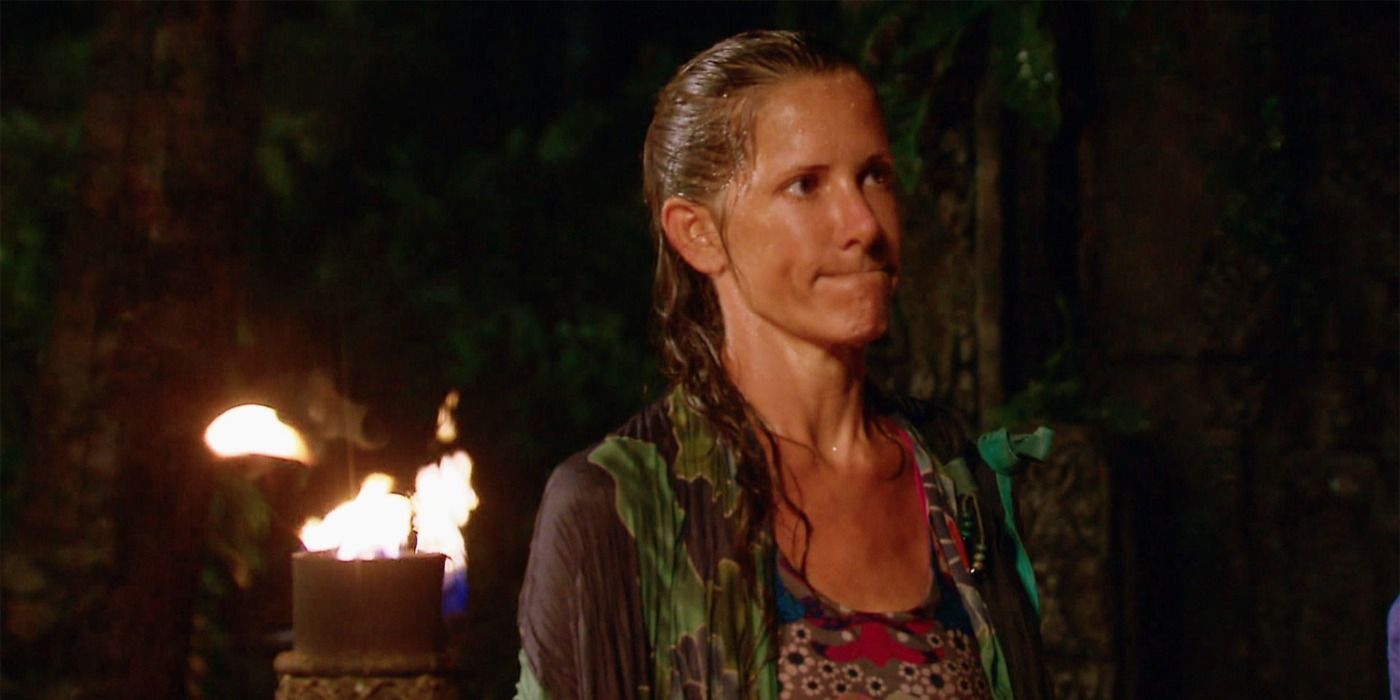
Borneo is a must-watch season of Survivor. Not only does it lay the groundwork for every subsequent season, but it also has a near-documentary feel that elevates it above its successors.
Borneo introduced the very concept of Survivor. Its players were hot, thirsty, and starving. They didn't know what to do, and they were often forced to scavenge for the likes of eel (which was reportedly disappointing) and rat (surprisingly good). This is Survivor at its rawest, presenting sixteen people who didn't know what the heck they were doing.
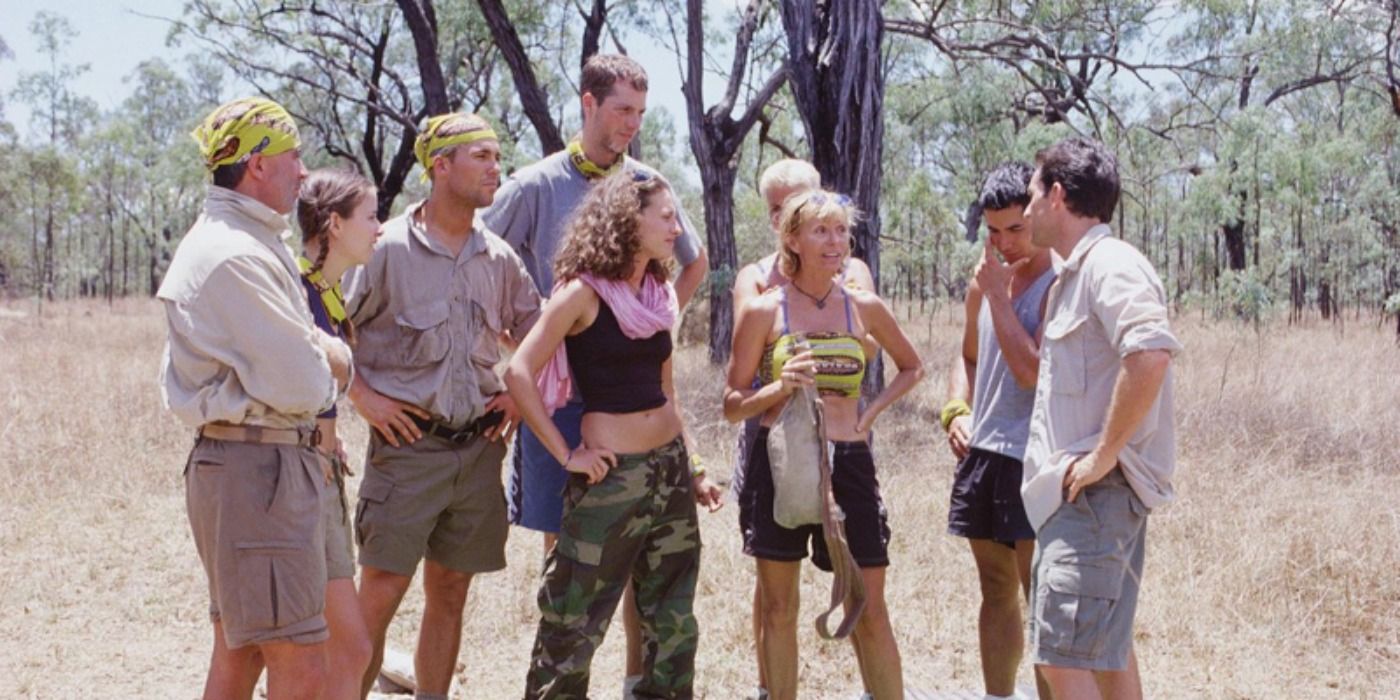
The Australian Outback was the second season of the show, and it elevated the show's survival aspects. This was a truly brutal season for a number of reasons. For one thing, it lasted a whopping 42 days rather than the typical 39 — a unique twist that added to the difficulty.
The campsite was also flooded and completely washed away, and by the end, Elisabeth Filarski was so malnourished that she began losing her hair. The Australian Outback pushed its players to their mental and physical limits, and it made for fascinating TV.
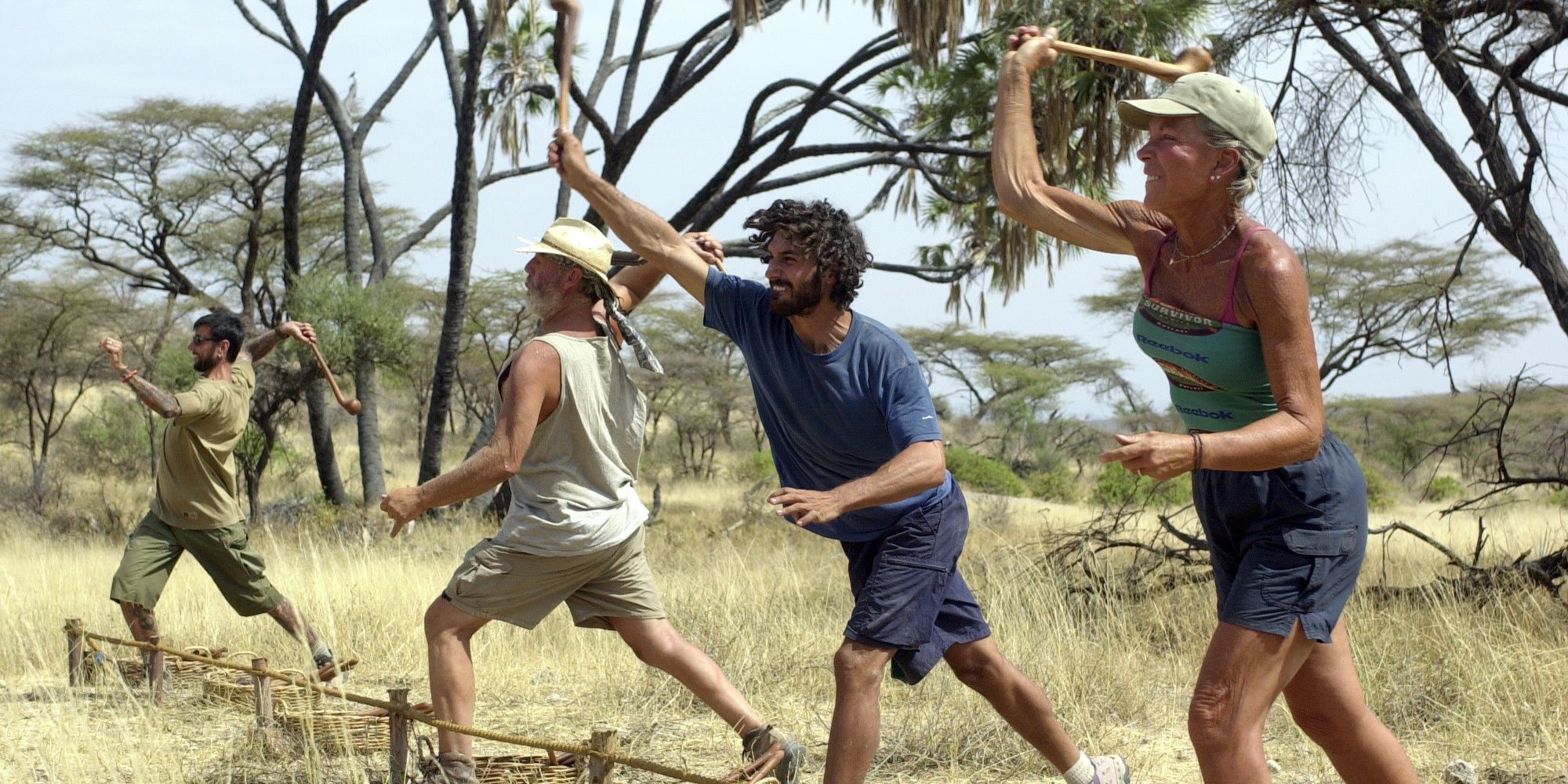
Africa is arguably the most brutal season in Survivor history. It was set in Kenya, and the contestants were forced to deal with the country's dry climate and hot environment. They were also literally forced to stay awake and stand guard against dangerous wildlife like lions.
Everyone was so dehydrated and malnourished that they barely moved or interacted, and some viewers think that their fatigue negatively impacted the season's enjoyability. That said, it does contain one of Survivor's best rewards in the show's history in the goat exchange, so at least that upped the entertainment factor.
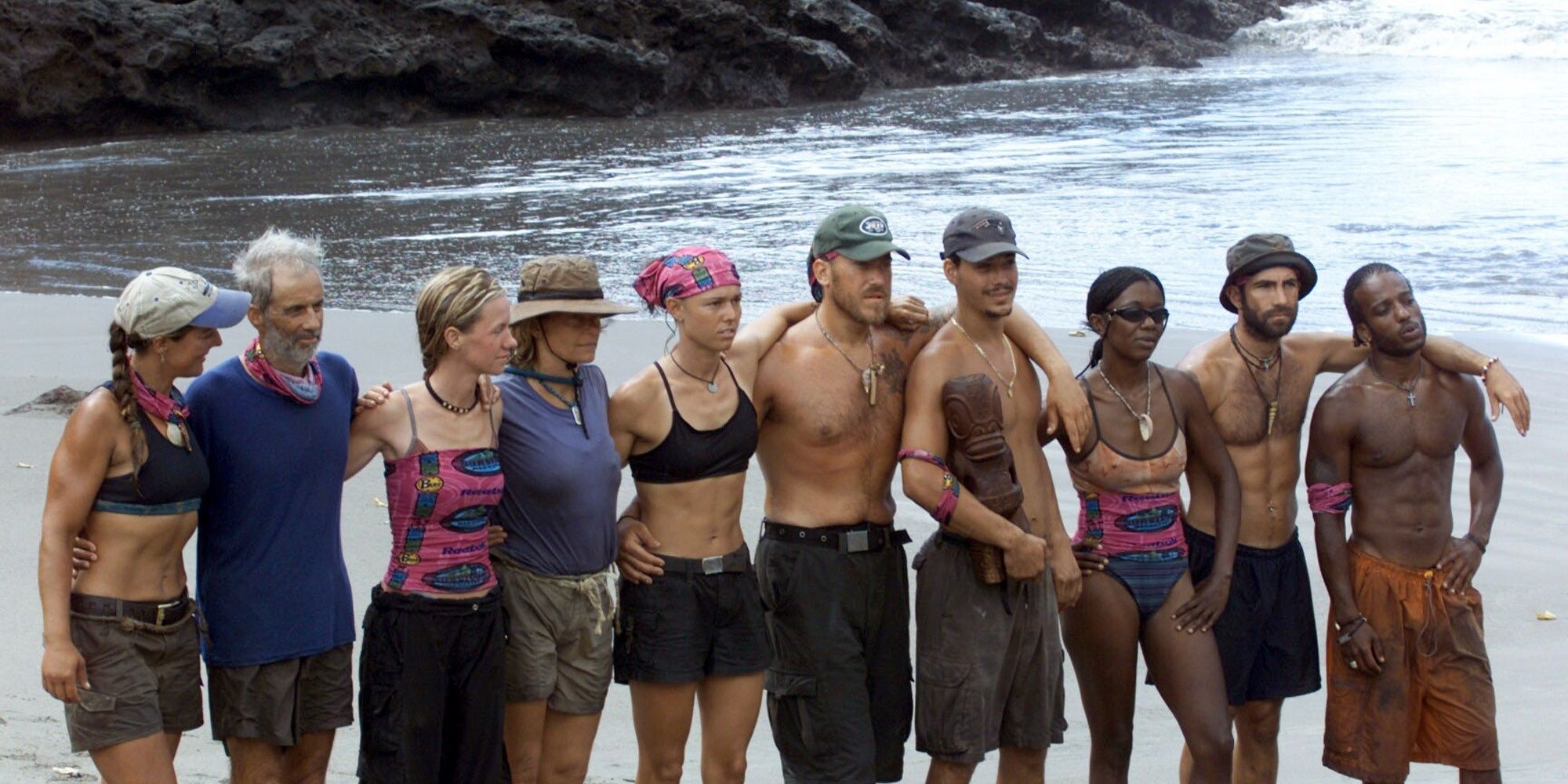
Survivor just isn't the same anymore. While everyone now lives in relative comfort in Fiji, the first four seasons were relentlessly demanding experiences that seriously tested the mental and physical capabilities of its players. Marquesas was another brutal season, and for one core reason — no-no flies.
The players of Marquesas were eaten alive by these flies, and everyone — including Jeff Probst — were covered in nasty, itchy welts. Probst told People that Marquesas was the least enjoyable setting in the show's history, as the flies wreaked such enormous havoc on everyone's well-being.
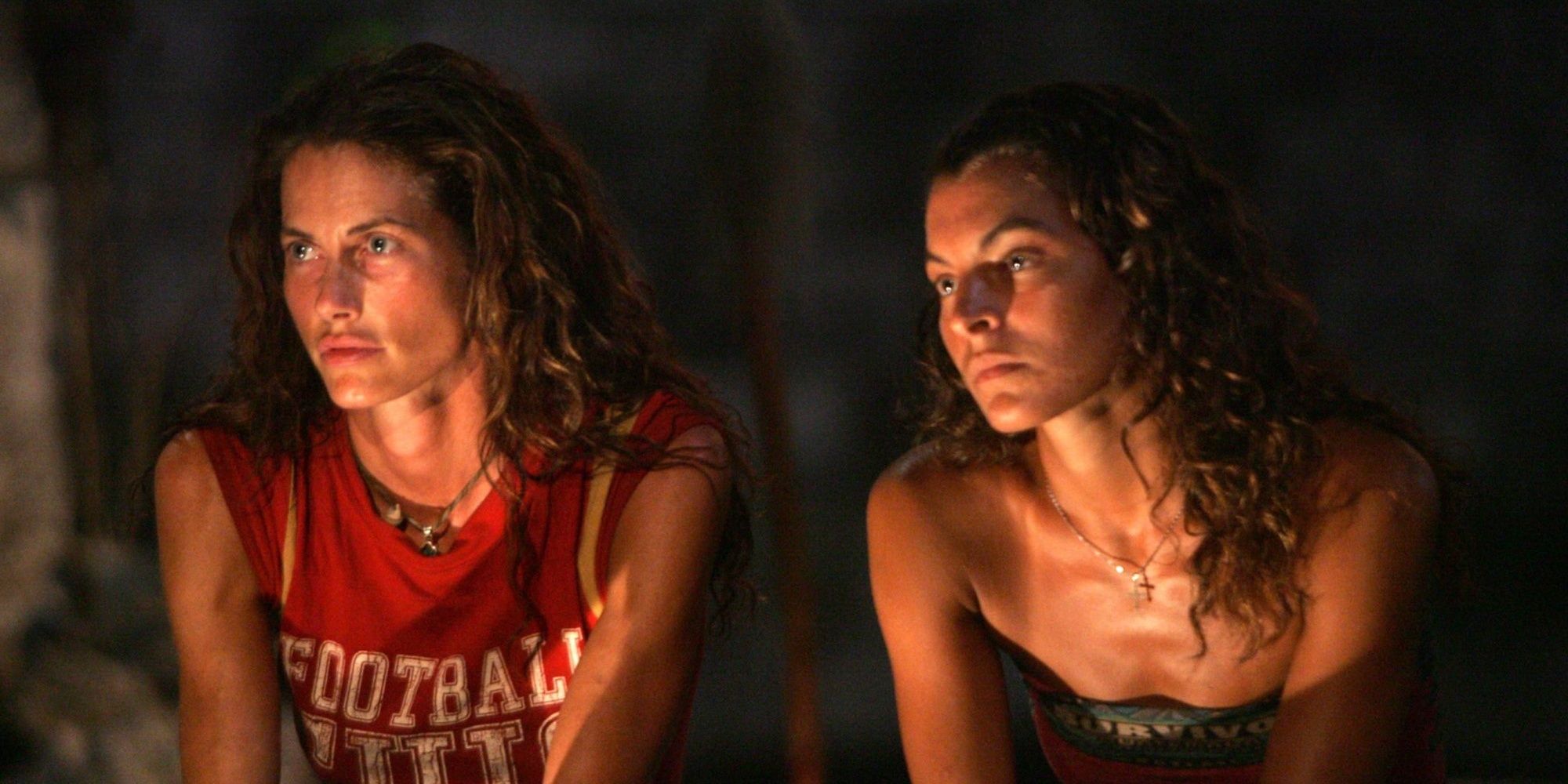
Following a string of not-so-brutal seasons, Survivor returned to its core identity with Guatemala. Set inside Yaxhá-Nakúm-Naranjo National Park of Petén, Guatemala, this season is mainly remembered for its brutally hot conditions and grueling opening hike.
The conditions in Guatemala were stiflingly hot and humid, and the season opened with an eleven-mile hike through the jungle that left many players incapacitated for several days.
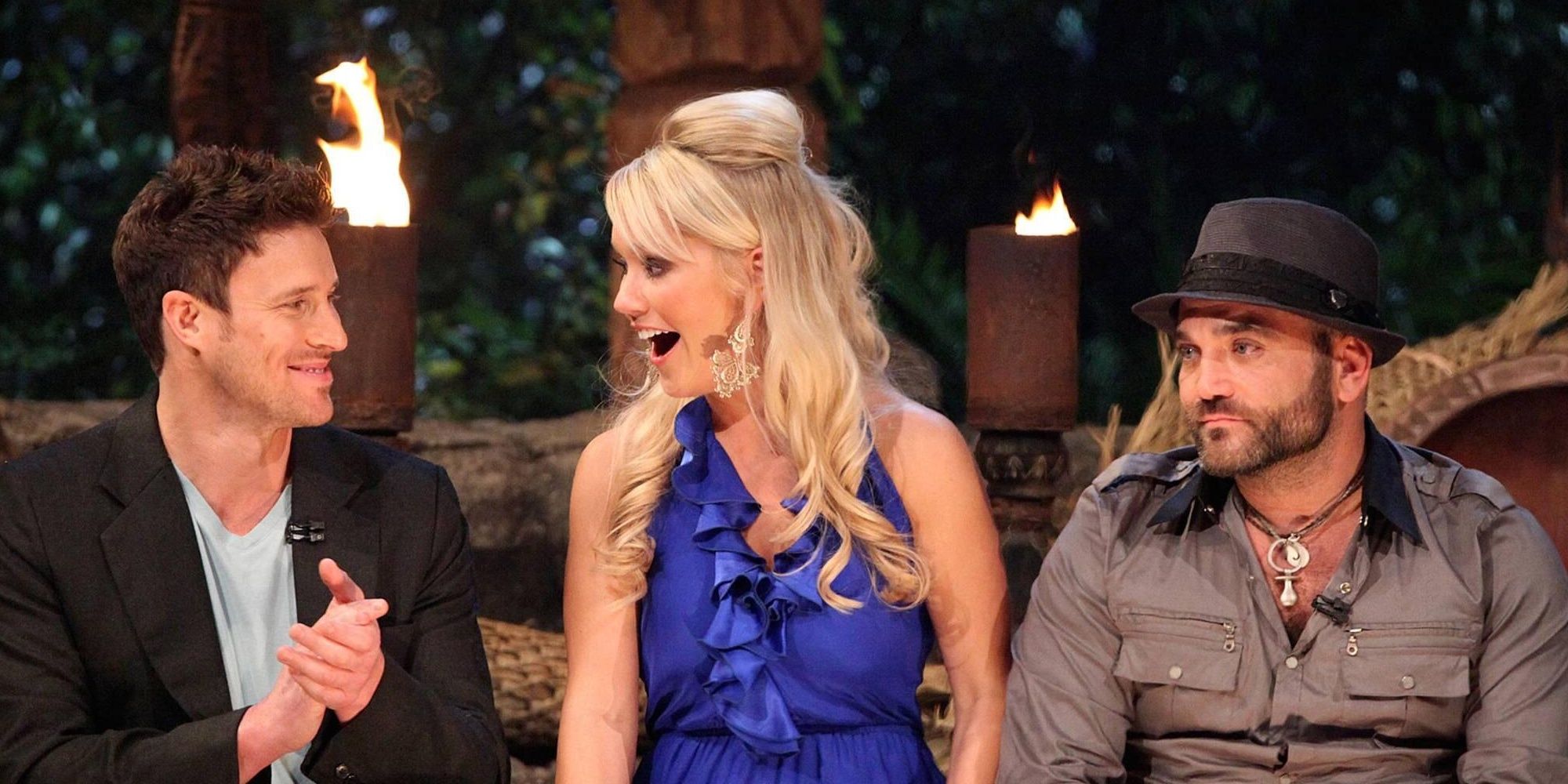
Aside from containing one of Survivor's most notorious villains in Russell Hantz, Samoa is remembered for its brutal weather. Filmed on the Samoan island of Upolu, Samoa contained a lot of rain. At one point, it rained for many consecutive days, leaving the players both soaking wet and unable to strategize.
Everyone was huddled inside the shelter, and those who weren't were desperately trying to find shelter under trees — or even in the ocean itself. It left everyone miserable, not to mention permanently drenched.
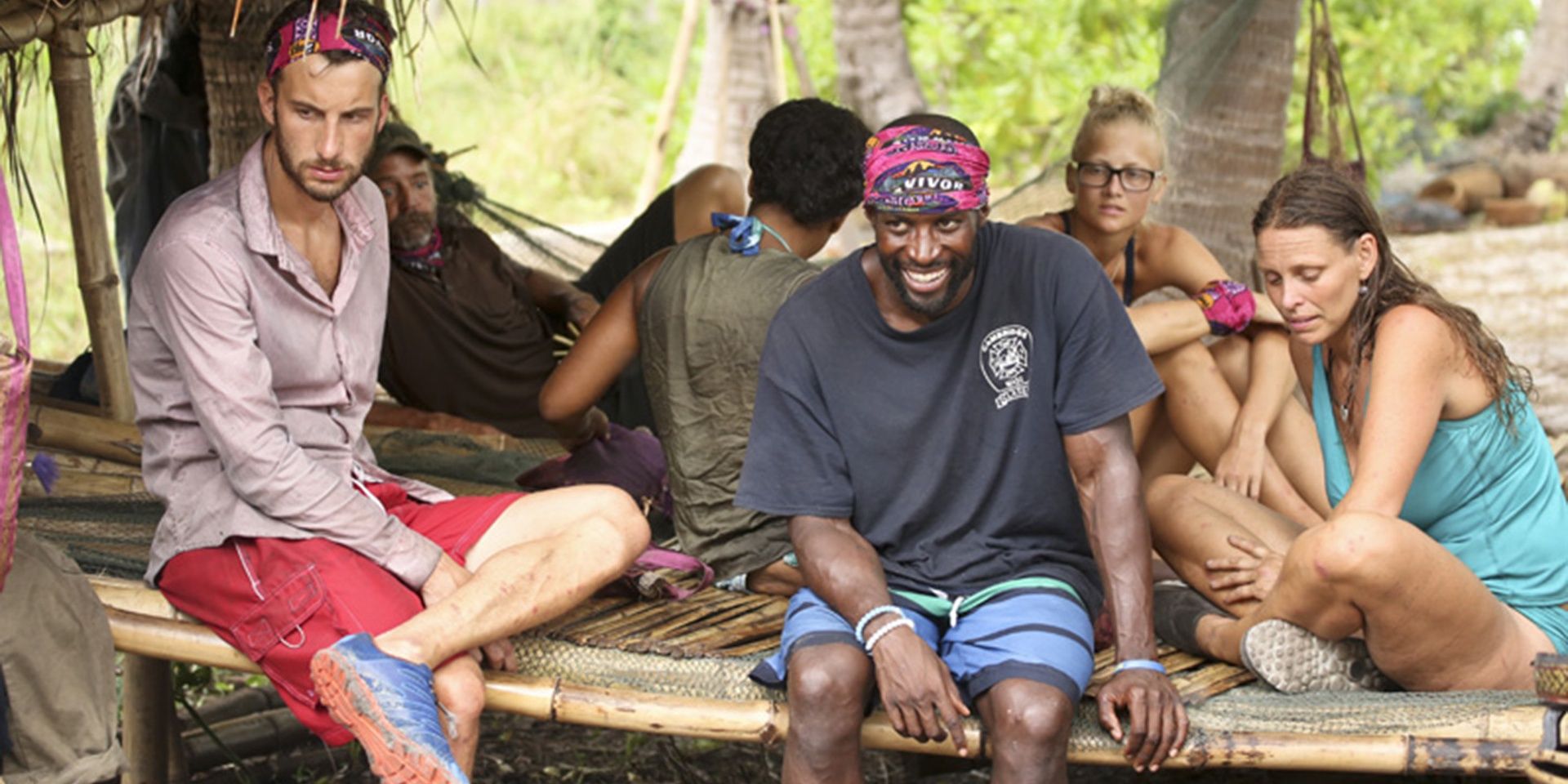
Filmed on the Cambodian island of Koh Rong, Cambodia was another season that contained horrific amounts of rain. The pre-merge went by without much incident, but the post-merge was filled with unrelenting rain and vicious thunderstorms.
The players were huddled together just to keep warm, and everyone ended up with painful-looking wrinkled feet. After a vote, a construction crew even came in and built them a better shelter.
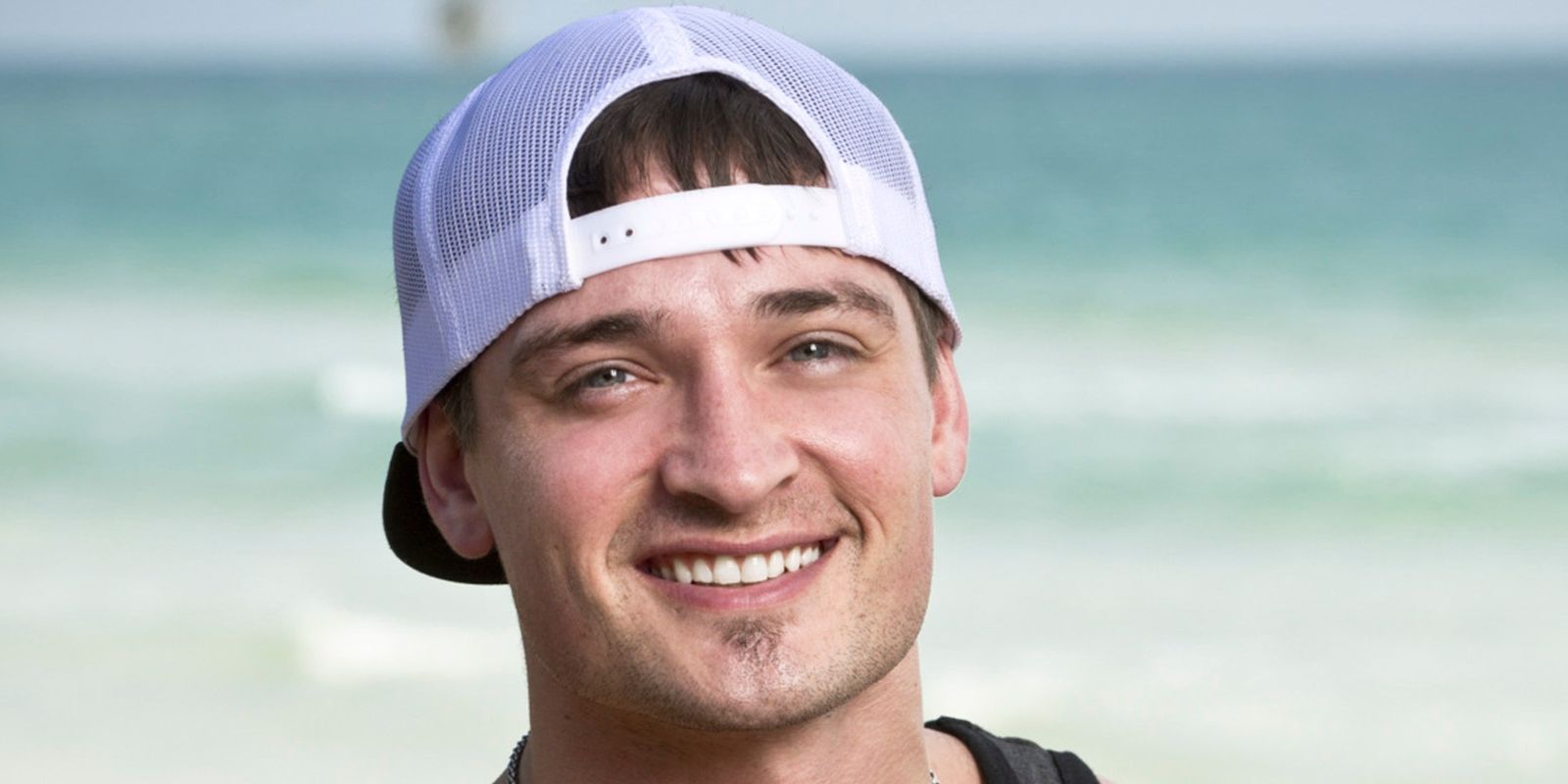
Numerous Survivor players have been medically evacuated — including three alone in Kaoh Rong. Most seasons go by without any medical evacuations, and some seasons see one. Two is rare, and three is even rarer.
The brutal conditions were the worst on Caleb Reynolds, who suffered a horrible bout of heatstroke during a particularly hot and grueling challenge. His was one of Survivor's most intense evacuations.
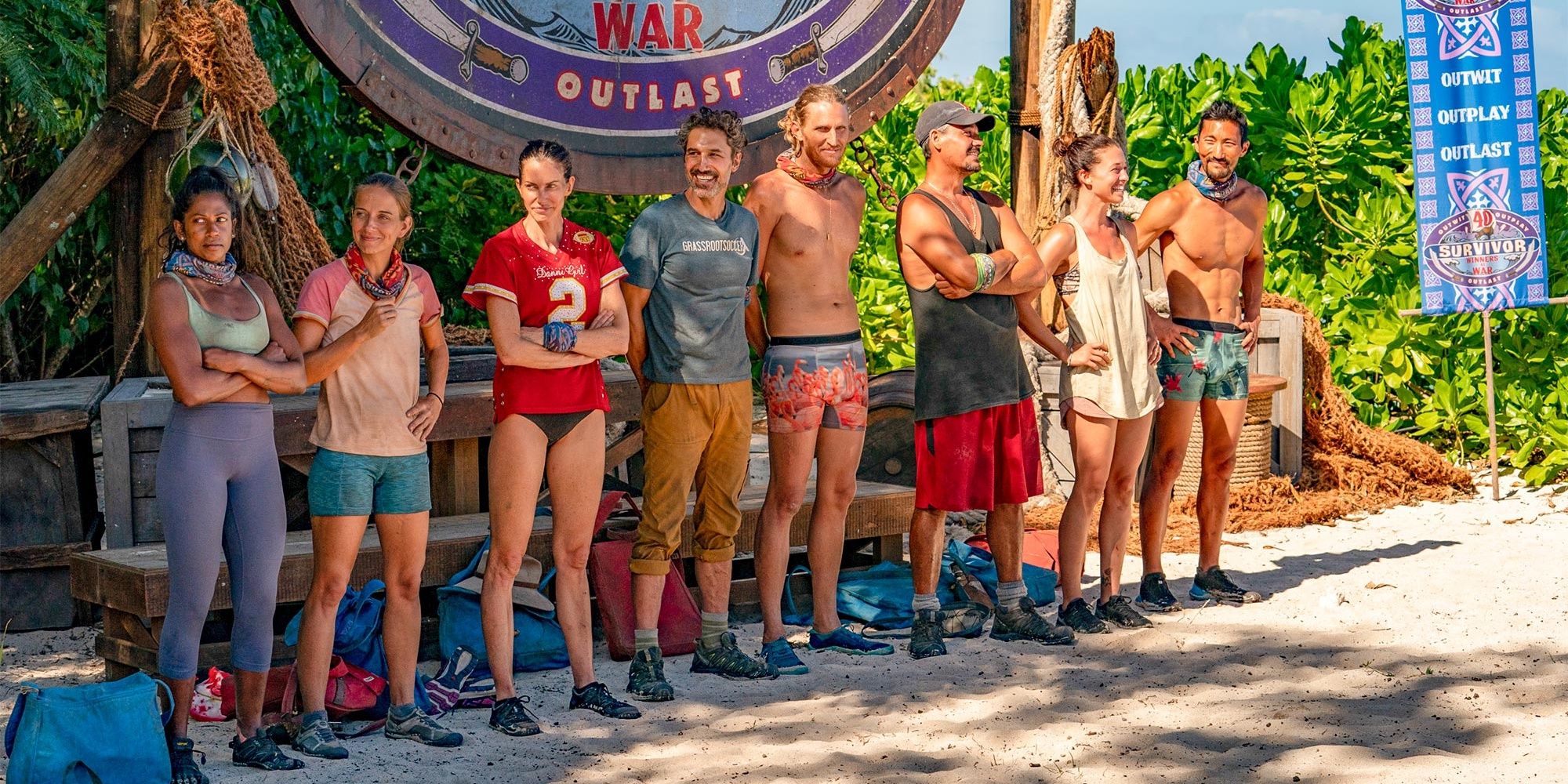
Camp life didn't seem so bad on Winners at War — it was the Edge of Extinction that was awful. Winners at War brought back the controversial twist from its eponymous season, but it seemed even more brutal this time around.
The contestants were forced to participate in demanding challenges to earn fire tokens, and every time it cut to the edge, it seemed like someone was complaining about the heat or the lack of food. Sandra even straight-up quit rather than compete on the Edge of Extinction, and cancer survivor Ethan Zohn openly worried about his health. It couldn't have been good for them.
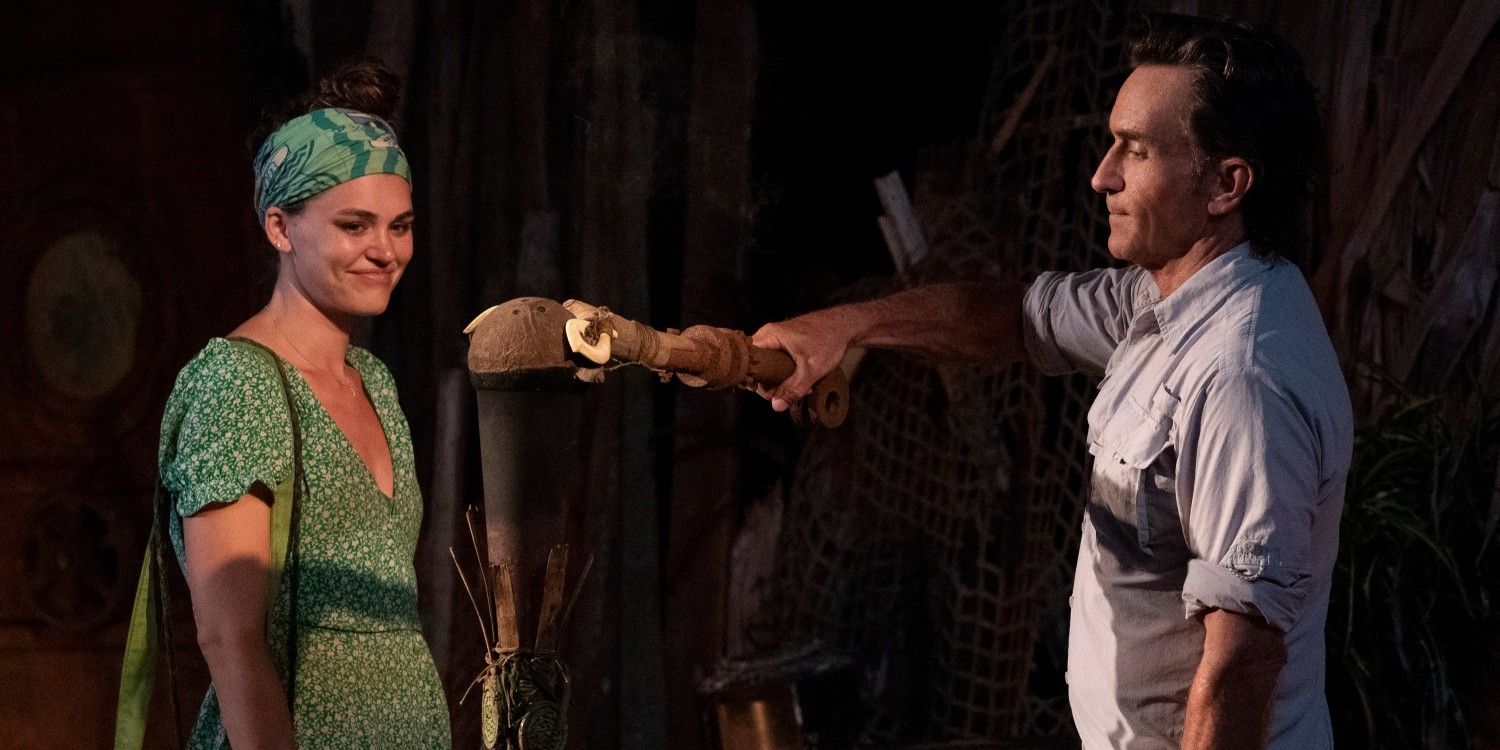
Survivor 41 isn't over yet, but it has still proven itself a very difficult season. Before the season even started, Jeff Probst claimed that it would be one of the toughest yet owing to extreme challenges and a lack of food.
The season contains a twist that sees contestants hiking up an entire island simply to receive an extra vote, and many of its challenges have proved extraordinarily difficult and energy-consuming. Everyone looks wiped owing to the extreme conditions — an unfortunate downside meant to compensate for the season's 26 days of competition (instead of the usual 39).
from ScreenRant - Feed https://ift.tt/3najGmH

0 Comments